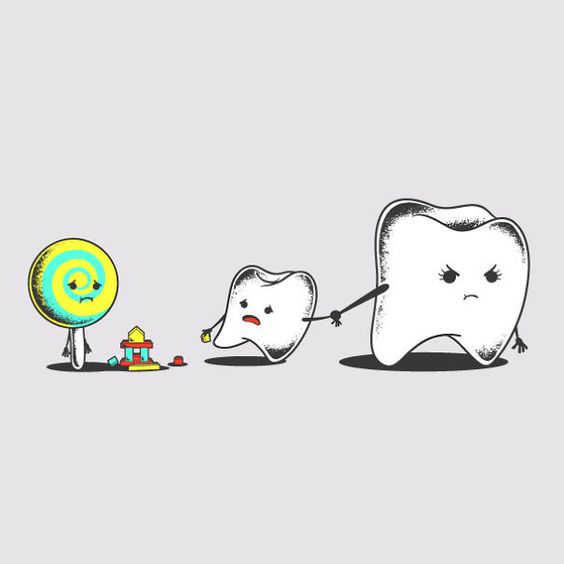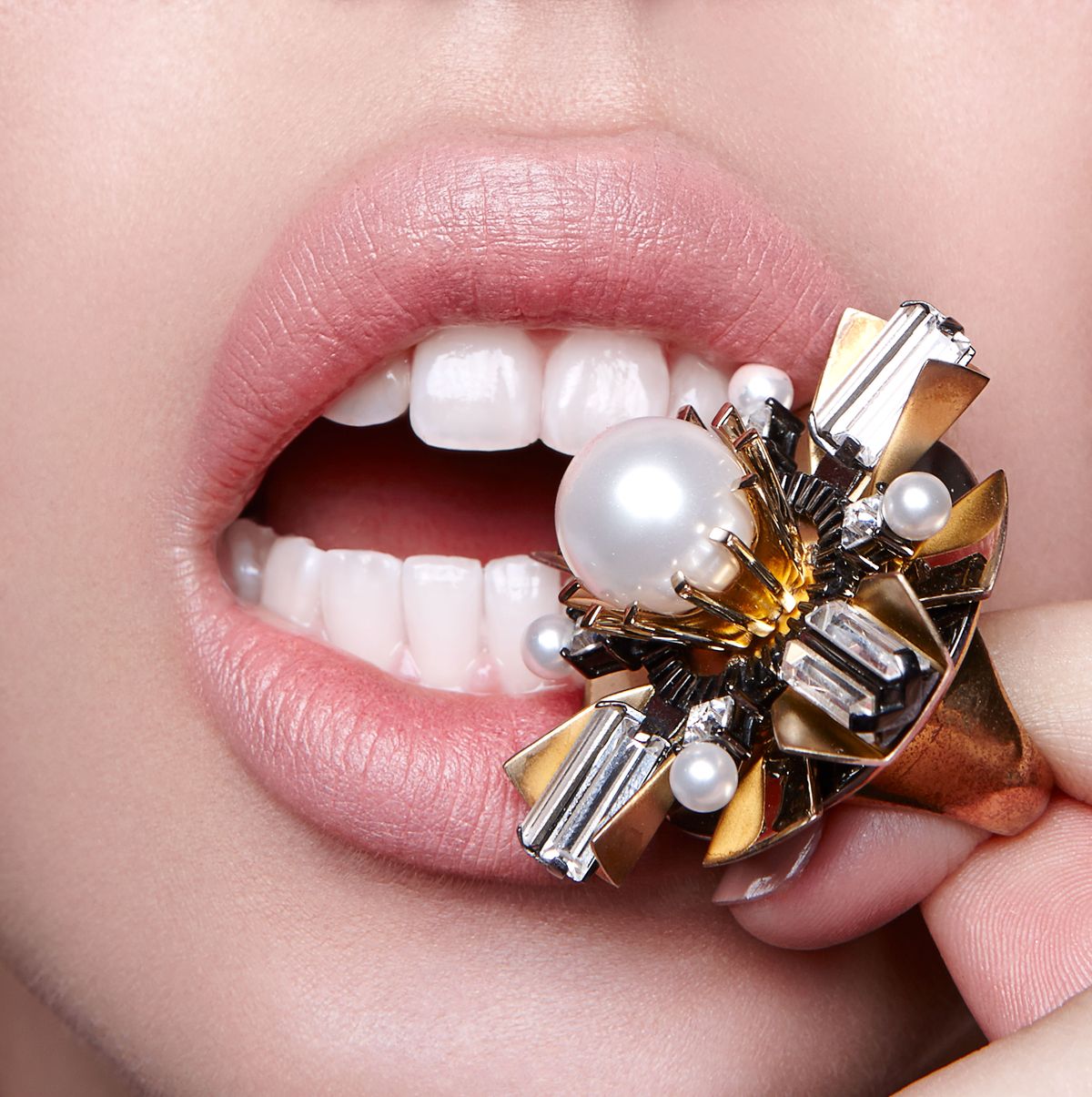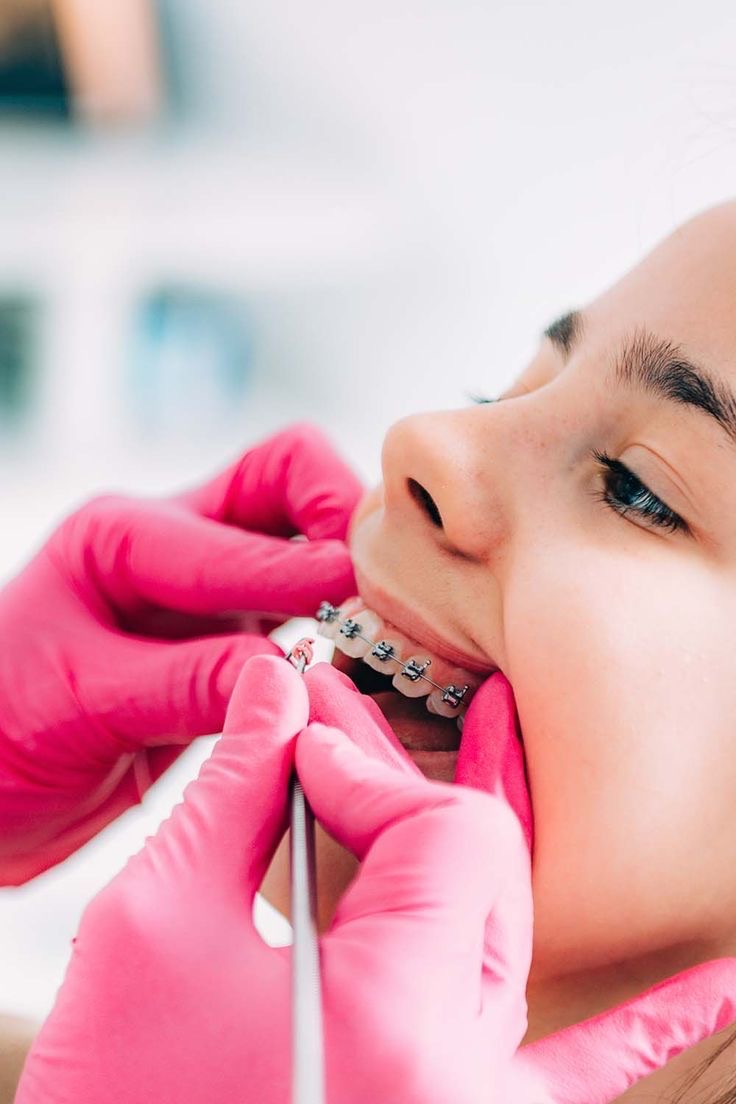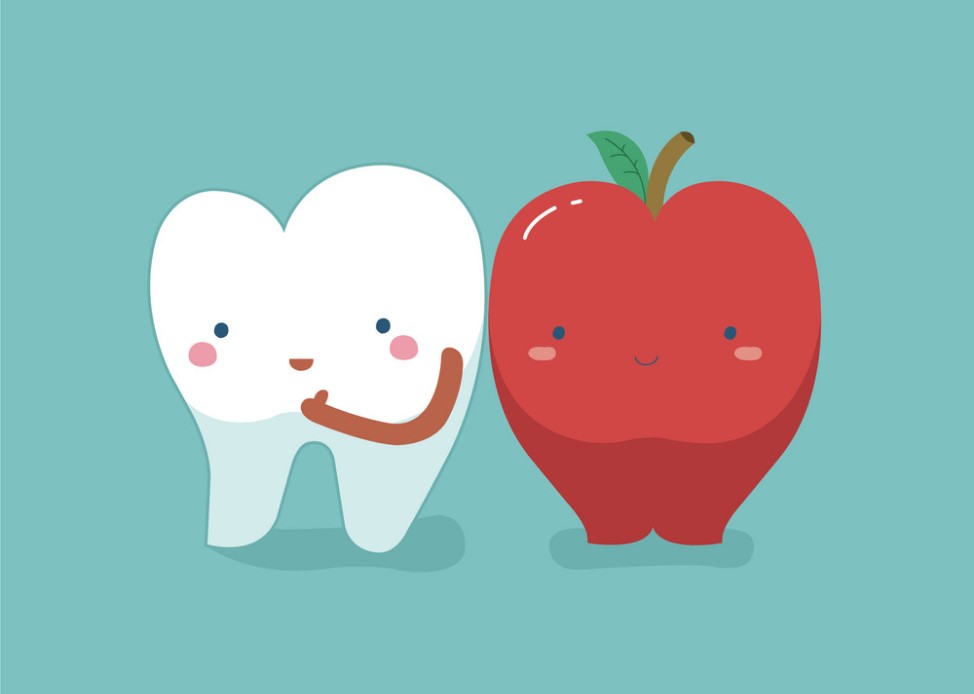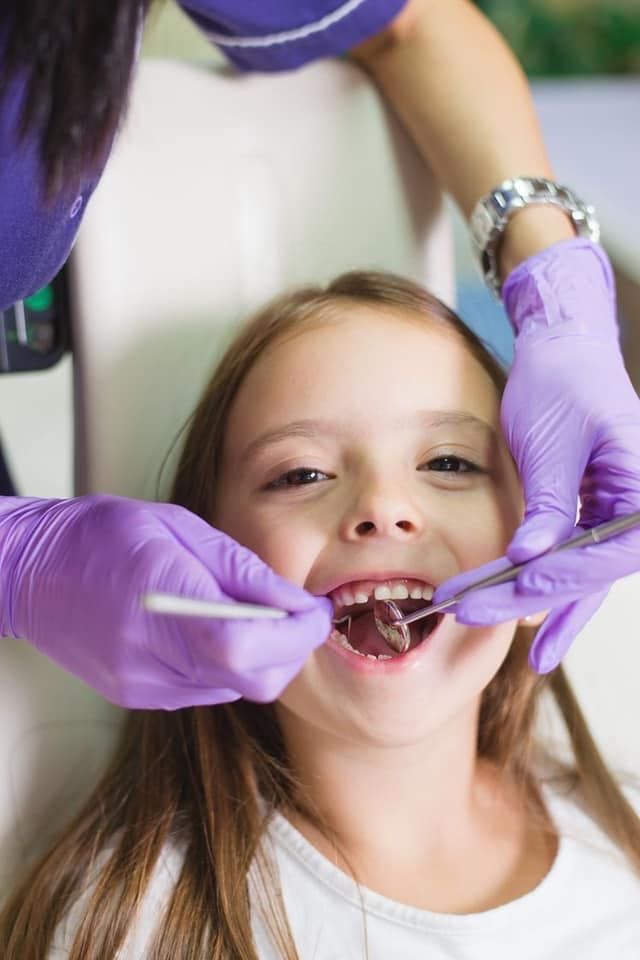Cavities are a common dental problem that can cause discomfort, pain, and even tooth loss if left untreated. However, there are several steps you can take to fight against cavities and maintain good oral health.
- Brush Twice a Day
One of the most effective ways to fight against cavities is to brush your teeth twice a day with a fluoride toothpaste. Brushing removes plaque and food particles from your teeth, which can lead to decay and cavities. It is important to brush for at least two minutes and to use a toothbrush with soft bristles to avoid damaging your teeth and gums.
- Floss Daily
Flossing is another important step in fighting against cavities. Flossing removes food particles and plaque from between your teeth and along the gumline, where a toothbrush cannot reach. Flossing should be done at least once a day, and it is important to use proper technique to avoid damaging your gums.
- Use Mouthwash
Mouthwash can help to kill bacteria in your mouth that can lead to cavities. Look for a mouthwash that contains fluoride to help strengthen your teeth and prevent decay. It is important to use mouthwash as directed on the label, and to avoid swallowing it.
- Limit Sugary and Acidic Foods
Sugary and acidic foods can damage your teeth and lead to cavities. Try to limit your intake of sugary and acidic foods and drinks, such as soda, candy, and fruit juices. If you do consume sugary or acidic foods, it is important to brush your teeth or rinse your mouth with water afterwards to help remove any remaining sugar or acid.
- Visit the Dentist Regularly
Regular dental check-ups and cleanings are an important part of fighting against cavities. Your dentist can detect early signs of decay and cavities and provide treatment to prevent them from becoming more serious. Your dentist can also provide advice on how to maintain good oral health at home.
In addition to these steps, it is important to maintain good overall health by eating a balanced diet, getting regular exercise, and avoiding tobacco products. By taking these steps, you can fight against cavities and maintain a healthy smile for years to come.


